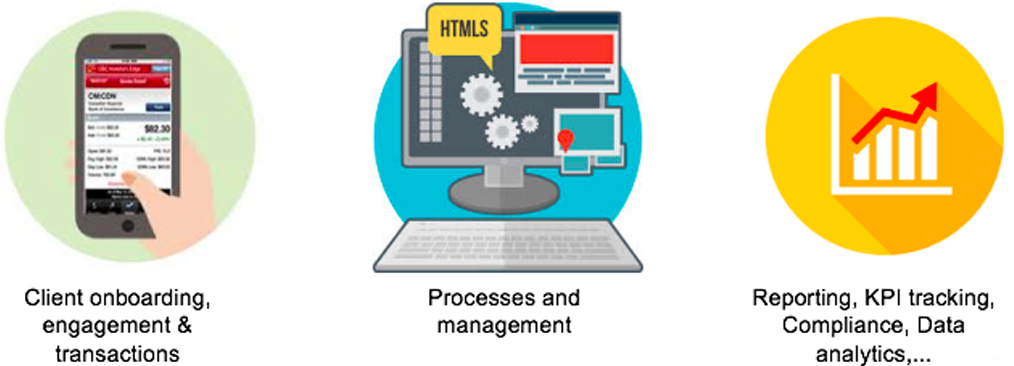IMPACT OF DIGITAL TRANSFORMATION ON MICROFINANCE INDUSTRIES IN INDIA

Throughout the years, the world has witnessed an increase in poverty rates all over the globe. Globally, 1.1billion people (18% of the total population) out of 6.1 billion people, are acutely multidimensional poor and live inacute multidimensional poverty across 110 countries.
According to NITI Aayog’s National Multidimensional Poverty Index (MPI), India’s population living in multidimensional poverty was 14.96%. The rural areas of India experienced multidimensional poverty of 19.28%.In urban areas, the poverty rate was 5.27%.
According to the data from the World Bank, about 10% of the Indian population lives on less than USD 2.15 a day, which is the international poverty line for lower-middle-income countries.
Access to bank credit in rural areas is low; less than 20 percent of rural households had access to bank credit asper both AIDIS and CPHS in India. Even if deposit access has expanded significantly in rural areas in recentyears, barring a brief dip following the onset of the pandemic, the use of bank deposits has continued to berestricted.
As per Findex, 77 percent of all rural adults had deposit access in 2021, but only 53 percent used their accounts for either savings or withdrawals during the year preceding the survey. This implies that 47 percent of all rural adults either had an inactive account or no access to an account in 2021.
This means the rural population is excluded from the formal economy, which makes it difficult for them to savemoney, borrow money, or invest in their businesses. This, along with the lack of efficient financial services forlow-income individuals and businesses, led to a rapidly growing microfinance industry in India.
Microfinance is a powerful tool for promoting financial inclusion and economic development.
Microfinance Institutions (MFIs), throughout the years, have helped to create opportunities for low-incomeindividuals and small businesses and to promote financial inclusion in India. The access to credit throughmicrofinance loans allowed individuals to become an entrepreneur, capitalize on education for their children,obtain access to primary healthcare, take advantage of economic opportunities, and improve their financialstatus and standard of living.
Microfinance companies have also encouraged entrepreneurship by providing indispensable funding for underserved people especially women to start or expand their own businesses. As a result, this helped in creating new jobs and stimulating economic growth.
Microfinance also had a strong impact in helping to empower women to become financially independent. Generally, women face significant barriers to accessing finance and starting their own businesses. This in turnhelped reduce gender inequality and led to improved economic outcomes for families.
The rise of digital financial services has been a game-changer for microfinance in India and an answer tochallenges.
The widespread use of smart mobile phones in addition to better internet coverage made the replacement ofmanual and outdated ways of conducting microfinance transactions possible. MFIs can now provide morefinancial services to people in remote areas more transparently. Even the verifications required for giving loanscan be done with the help of digital platforms. The disbursement of loans can be done directly into the bankaccount of the client.
The collaboration between digital service providers and MFIs also made it possible for people to receive theirmicrofinance funds directly to their mobile wallets and enabled them to use those funds to send and receive money, purchase supplies, pay bills, and save money without having to travel long distances. This is in additionto paying microfinance installments back to the MFI using their mobile phones and from the convenience of their home, thereby creating several advantages such as lower costs and greater convenience.
A few of the MFIs in India are also doing the Digital and Financial Literacy program with the assistance of RBIunder the banner of “RBI-DEA”. In addition, MFIs started using digital platforms to deliver their microfinanceservices, such as providing loans, savings, and insurance to clients. These platforms allow clients to apply forloans and access financial services from the comfort of their homes, without having to visit a physical branch.
Microfinance institutions in India can achieve greater impact and contribute to the economic and socialwell-being of their clients.
To conclude, there are several operative microfinance approaches in India, followed by Grameen ShaktiMicrofinance Services Pvt. Ltd. that can promote financial inclusion and reduce poverty, but the success of theseapproaches depends on strong management, client-centered approaches, sustainability, and the adoption ofcontemporary digital channels.
